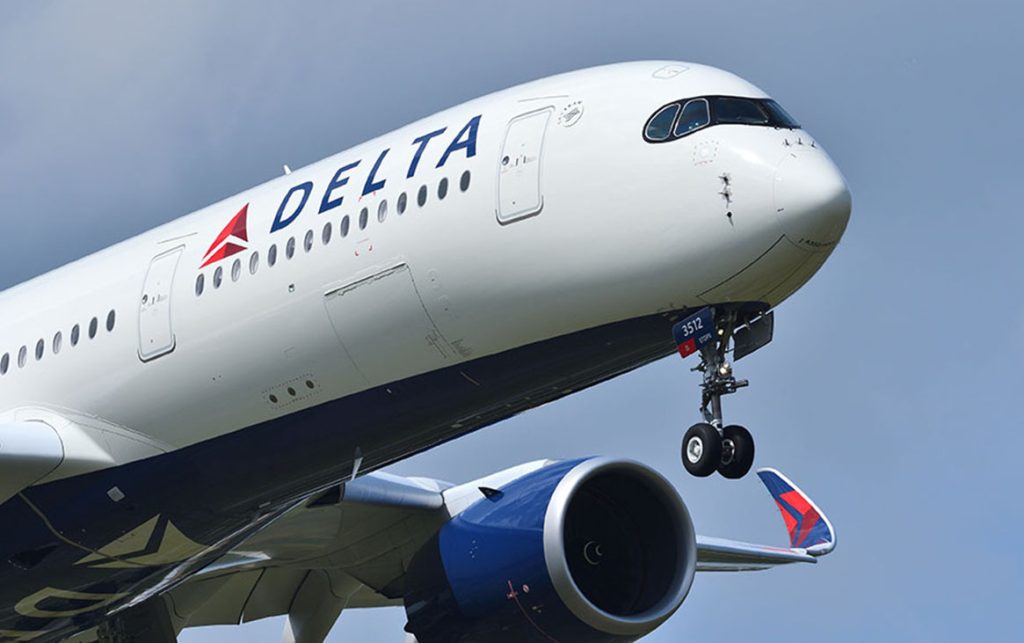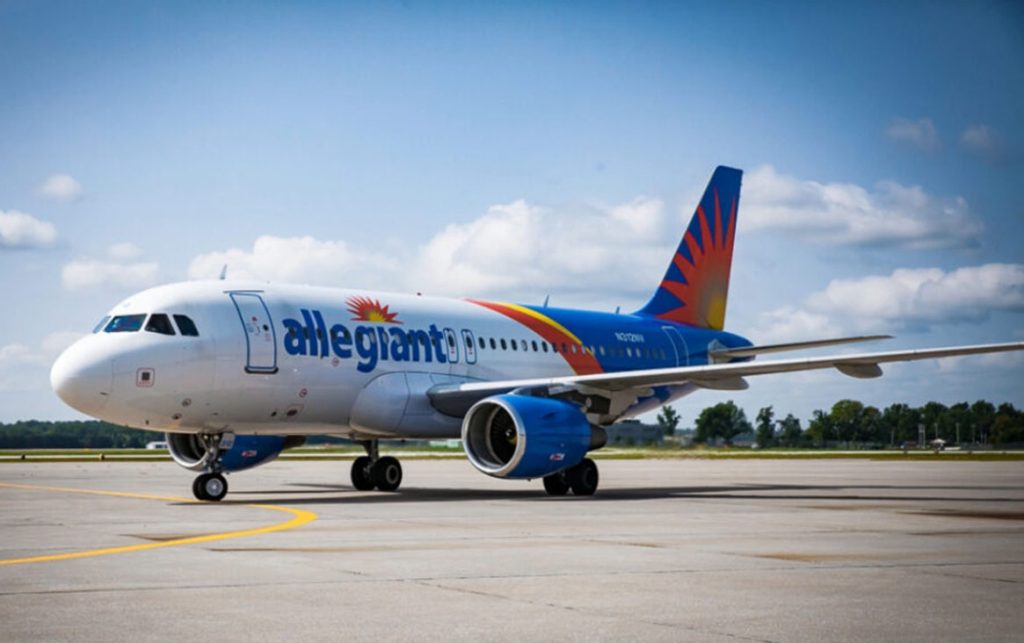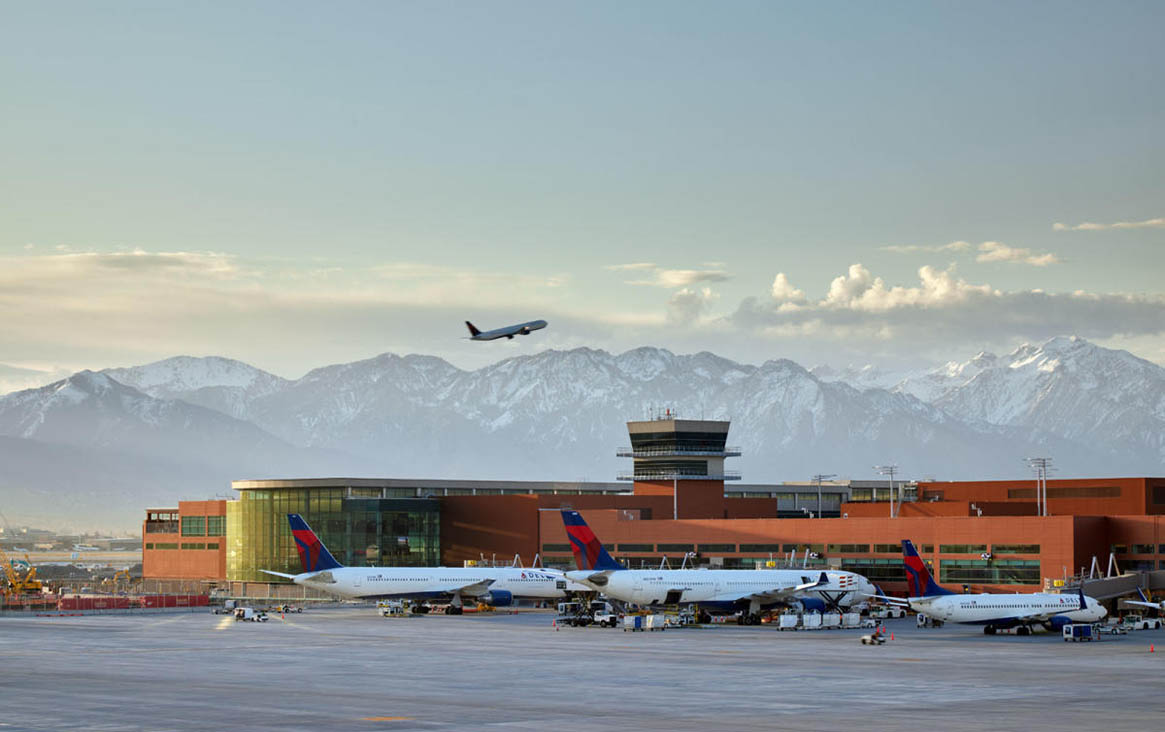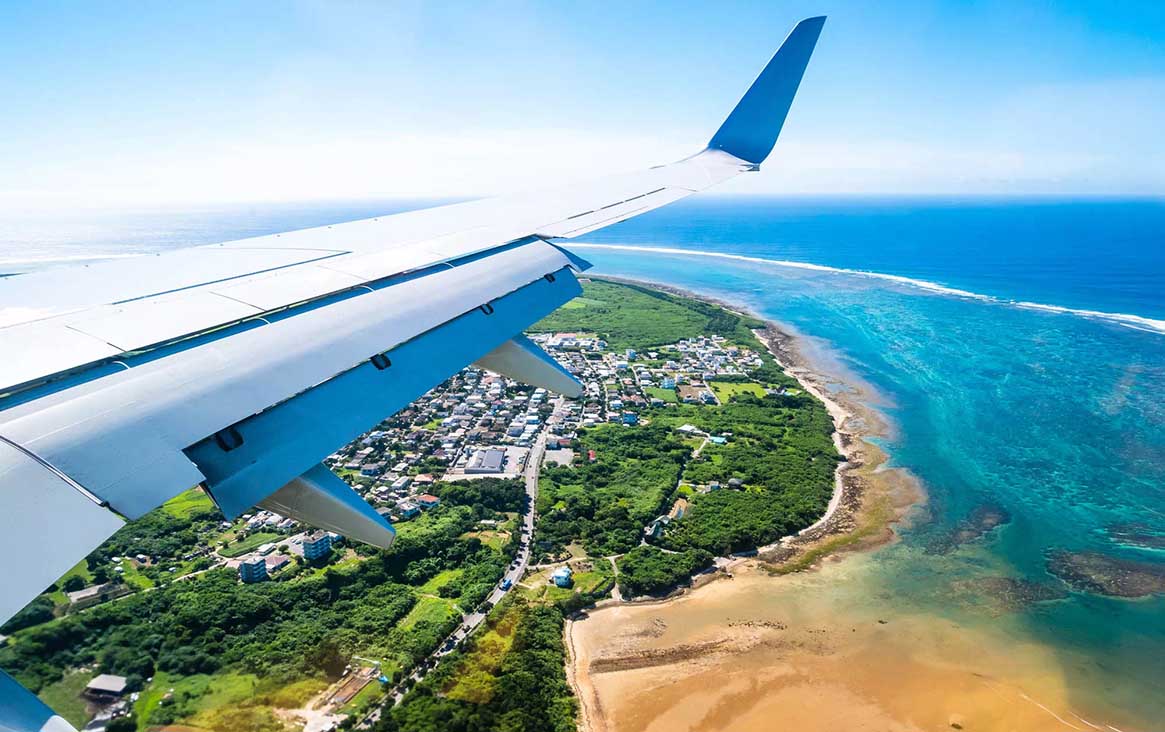Salt Lake City is a growing hub for travelers heading to the western United States, the Rocky Mountains, and beyond. Whether you’re a local resident, a visitor planning a city stay, or an adventurer en route to nearby national parks or ski resorts, understanding your airline options can make a significant difference in comfort, convenience, and cost. With multiple carriers operating at Salt Lake City International Airport (SLC), each offering unique benefits and drawbacks, making the right choice requires careful consideration. In this guide, we’ll explore the major airlines serving Salt Lake City, comparing their services, flight networks, pricing strategies, and overall traveler experience.
Salt Lake City International Airport Overview
Salt Lake City International Airport serves as the main gateway to Utah and is a hub for both domestic and limited international travel. The airport has undergone significant modernization in recent years, featuring improved terminals, streamlined security, and upgraded passenger amenities. Despite being a smaller hub compared to airports like Denver or Los Angeles, SLC efficiently handles a variety of carriers, from major legacy airlines to budget and regional operators.
Travelers flying into SLC can expect convenient connections to the city center via light rail, shuttle services, or taxis, making the airport an accessible starting point for exploring both urban attractions and outdoor adventures.
Delta Air Lines: The Dominant Hub Carrier
Overview
Delta Air Lines is the largest carrier operating out of Salt Lake City, with SLC functioning as one of its major hubs. This means a wide range of direct flights to domestic destinations and several international connections.
Pros
- Extensive Domestic Network: Delta offers frequent flights to major U.S. cities such as New York, Atlanta, Los Angeles, and Seattle, often providing multiple options per day.
- SkyTeam Alliance Benefits: As part of the SkyTeam alliance, Delta allows travelers to earn and redeem miles across partner airlines, enhancing flexibility for frequent flyers.
- In-Flight Experience: Delta is known for comfortable seating in economy, premium economy, and first-class cabins. Amenities include Wi-Fi on most flights, complimentary snacks, and a variety of in-flight entertainment options.
- Reliability: Flight schedules are generally punctual, with minimal cancellations, especially on popular domestic routes.
Cons
- Pricing: Delta tends to be more expensive than budget carriers, particularly on routes that overlap with low-cost competition.
- Extra Fees: While basic amenities are included, checked baggage, seat selection, and premium services can add to the cost.
Ideal For
Delta is best for travelers seeking reliability, comfort, and loyalty program benefits, particularly those planning domestic connections or international trips through SkyTeam partners.

Southwest Airlines: The Budget-Friendly Choice
Overview
Southwest Airlines has become a favorite for travelers seeking affordable, flexible flights to and from Salt Lake City. Known for its “no hidden fees” model, Southwest offers a straightforward travel experience with perks that often appeal to families and spontaneous travelers.
Pros
- Low Base Fares: Southwest’s pricing is often lower than legacy carriers, especially if booked well in advance.
- Two Free Checked Bags: Unlike most airlines, Southwest allows two checked bags per passenger at no extra charge, a major advantage for travelers carrying sports equipment or luggage-heavy trips.
- Flexible Ticket Policies: No change fees and refundable travel credits make Southwest a safe choice for travelers with uncertain schedules.
- Rapid Rewards Program: Frequent flyers can earn points that can be redeemed for free flights or upgrades, providing long-term value.
Cons
- Limited International Reach: While Southwest flies to nearby international destinations, its network is primarily domestic. Travelers seeking extensive international connections may need a different airline.
- No Assigned Seating: Boarding is based on a numbered system, which some passengers may find inconvenient.
Ideal For
Southwest is perfect for budget-conscious travelers, families, and those who prioritize flexibility and generous baggage allowances over premium in-flight services.
American Airlines: A Strong Domestic and International Option
Overview
American Airlines operates multiple daily flights to and from Salt Lake City, providing a competitive alternative for both domestic and international travelers. As part of the Oneworld alliance, it integrates well with global itineraries.
Pros
- Domestic and International Connections: American offers direct flights to major hubs like Dallas, Chicago, and Phoenix, and limited international destinations.
- AAdvantage Program: American’s loyalty program allows frequent travelers to earn and redeem miles, offering additional perks like upgrades and priority boarding.
- Premium Cabin Options: Business and first-class cabins provide enhanced comfort, meals, and airport lounge access for eligible passengers.
Cons
- Baggage Fees: Standard economy tickets often incur checked baggage fees, which can increase the total cost.
- Customer Service Variability: Some travelers report inconsistent experiences with customer service, particularly during delays or irregular operations.
Ideal For
American Airlines works well for travelers who want a balance of domestic coverage and potential international connections, especially those loyal to the Oneworld alliance.
United Airlines: Connecting the West
Overview
United Airlines provides strong service from Salt Lake City to the western U.S., Midwest, and key hubs across the country, such as Denver, Chicago, and San Francisco.
Pros
- Extensive Network: United’s hub system allows for numerous connections to both coasts and international destinations.
- MileagePlus Loyalty Program: Frequent flyers benefit from award flights, upgrades, and elite status perks.
- Premium Services: Economy Plus seating, Polaris business class, and access to United Clubs enhance the travel experience for those willing to pay for upgrades.
Cons
- Fees and Add-Ons: Standard economy tickets often involve extra fees for baggage, seat selection, and other services.
- Service Variability: Experiences may vary depending on the route, aircraft, and crew.
Ideal For
United is suitable for travelers seeking extensive network coverage, particularly those connecting to western U.S. cities or international flights, and who value loyalty program benefits.
Alaska Airlines: A Niche but Strong Option
Overview
Alaska Airlines may not have as large a presence at Salt Lake City as Delta or Southwest, but it provides excellent service for specific west-coast and national routes.
Pros
- Customer Service: Alaska consistently receives high marks for friendly and attentive service.
- Mileage Plan: Their loyalty program is highly regarded for its redemption options, particularly with partner airlines.
- West Coast Coverage: Direct flights to Seattle, Portland, and California are convenient for business and leisure travelers.
Cons
- Limited Hubs: Fewer destinations compared to legacy carriers; international options are limited.
- Smaller Fleet: Fewer daily departures may reduce flexibility for travelers needing precise scheduling.
Ideal For
Alaska Airlines is ideal for west-coast travelers, families, or frequent flyers seeking high-quality service and a rewarding loyalty program.
Budget Airlines and Regional Carriers
In addition to the major carriers, Salt Lake City is served by several budget and regional airlines, such as JetBlue, Frontier, and Allegiant.
- JetBlue: Offers competitive fares, especially on cross-country routes, with free Wi-Fi and entertainment.
- Frontier Airlines: Extremely low base fares, but most extras—checked baggage, seat selection—cost extra.
- Allegiant Air: Focuses on leisure destinations, often ideal for travelers heading to smaller airports or tourist spots.

Budget airlines can offer excellent savings, but passengers must carefully account for additional fees and limited flexibility.
Comparing Flight Prices
Flight pricing at Salt Lake City depends on factors such as the season, time of booking, and demand. Major carriers like Delta and American tend to have higher base fares but include more amenities and loyalty benefits. Budget airlines like Southwest, Frontier, and Allegiant often start with lower fares, but total cost can rise with checked baggage, seat assignments, and other add-ons.
Travelers are encouraged to compare multiple airlines for the same route, considering total costs rather than just the ticket price. Tools like fare aggregators, airline websites, and loyalty program calculators are invaluable for finding the best deal.
In-Flight Experience and Amenities
- Delta: Strong in comfort, Wi-Fi, and entertainment, especially for medium to long-haul flights.
- Southwest: Simple and efficient, less emphasis on luxury, more on convenience and reliability.
- American: Balanced, with premium cabin options and varied in-flight services.
- United: Offers extensive international-style services for domestic flights, with upgraded seating and lounge access.
- Alaska: Exceptional service with attentive crew and excellent entertainment options.
Consider your priorities: if entertainment and comfort matter, Delta and United may excel; if cost and flexibility dominate, Southwest is a clear choice.
Airport Experience at SLC
Salt Lake City International Airport itself enhances the airline experience. Modern terminals, accessible security, and clear signage make navigation simple. Delta and United operate primarily from the newer terminal, offering lounges and premium services. Southwest operates from the older terminal but compensates with efficiency and quick boarding.
Tips for Choosing the Right Airline
- Determine Priorities: Decide whether price, schedule, comfort, or loyalty points matter most.
- Check Flight Frequency: Delta offers the most frequent departures, while others may have limited daily flights.
- Consider Connections: For international travel, Delta and United provide better hub connections.
- Compare Fees: Always account for baggage, seat selection, and extra charges.
- Read Reviews: Recent traveler reviews can provide insight into service consistency and comfort.
Salt Lake City’s airline landscape offers travelers a wide range of options, from full-service legacy carriers to budget-friendly alternatives. Delta dominates the hub with reliability and extensive network coverage, while Southwest offers flexibility and generous baggage policies at competitive prices. United and American Airlines provide strong domestic and international connections, and Alaska Airlines shines in customer service and west-coast routes.
Ultimately, the best airline depends on your travel style, budget, and priorities. By understanding the strengths and limitations of each carrier, travelers can make informed choices that ensure a smooth, comfortable, and enjoyable journey. Whether flying for business, leisure, or adventure, Salt Lake City’s airport and its airlines provide the gateway to both urban exploration and the vast natural wonders of the surrounding region.


